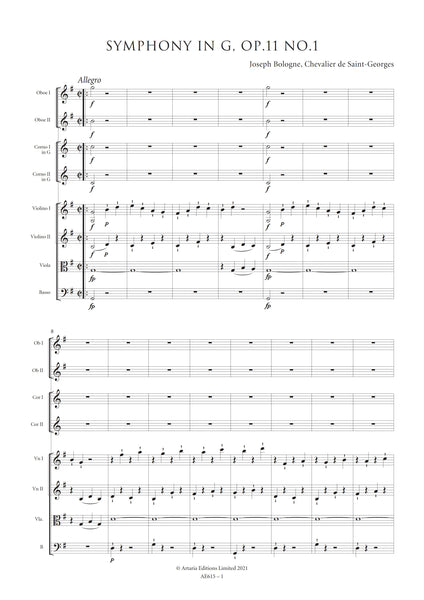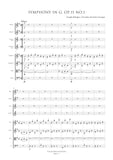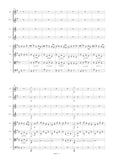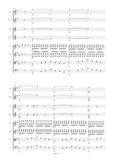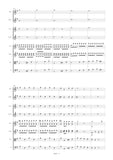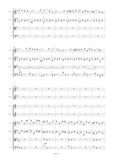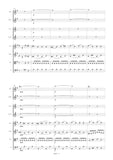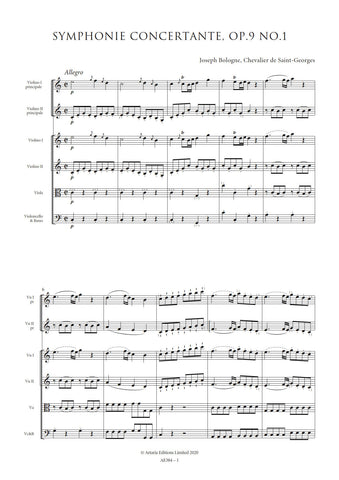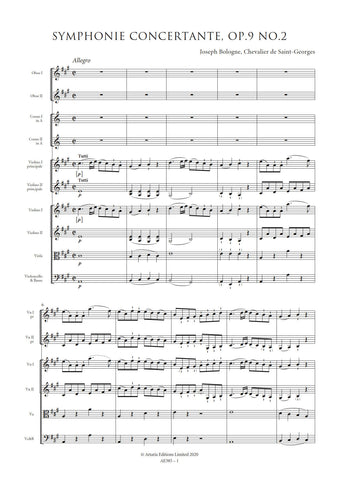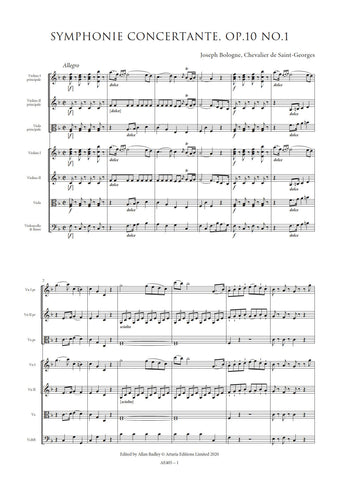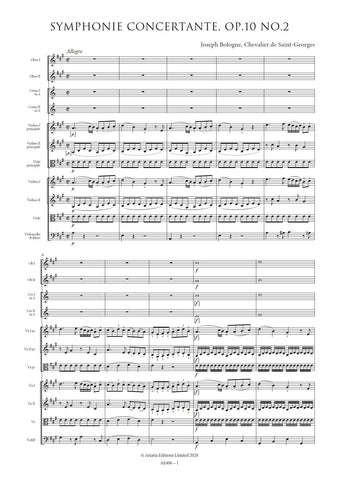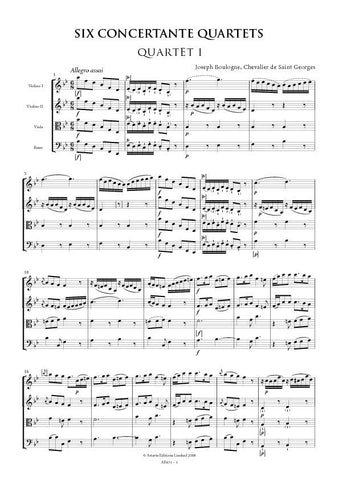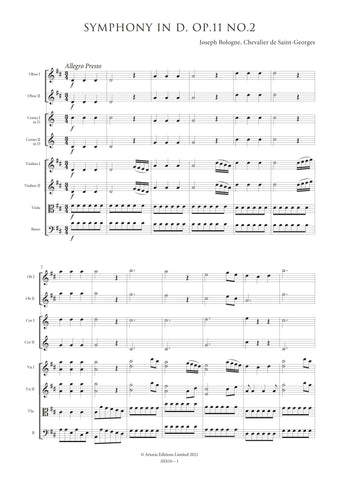Saint-Georges, Joseph Bologne de: Symphony in G major, Op. 11 No. 1 (AE615) – sheet music
Previous Product Next Product
Description |
Saint-Georges, Joseph Bologne de (1745-1799)
|
||||||||||||||||||||
Audio sample |
|||||||||||||||||||||
Details |
In 1760s and 1770s Paris, Saint-Georges was surrounded by symphonists, such as his mentor Jean-François Gossec and friend Simon Leduc. Orchestral concerts featured symphonies by local composers, by Mannheim symphonists such as Carl Stamitz and Christian Cannabich, and by visitors, including Mozart, whose 1778 visit included a warm reception for his ‘Paris’ symphony. Saint-Georges also played or conducted most of the Paris premieres of Haydn’s symphonies in the 1770s and 1780s which gave him direct experience of the most progressive works in the genre. In spite of being at the very centre of all this activity, Saint-Georges seems not to have been particularly interested in composing symphonies. His only extant works in the genre are the two works published as Op.11 which are excellent examples of the cosmopolitan French symphonic style. The first, in G major, has the effervescence of a Haydn symphony, and its unusual off-beat rhythmic patterns in the first movement’s opening subject create an interesting antiphonal effect between violin sections. The second subject’s step-wise shape and lyricism is interrupted by octave leaps which serve to animate the music. The apparent naiveté of the second movement belies its inventive layering of accompanying lines while the finale’s bright opening sets up its energetic dynamic contrasts, with horns and oboes reinforcing its rustic louder sections. The symphony’s three-movement structure serves as a timely reminder that the four-movement form, although widely employed across Europe, did not hold universal sway that this time. |
||||||||||||||||||||
Score Preview |




